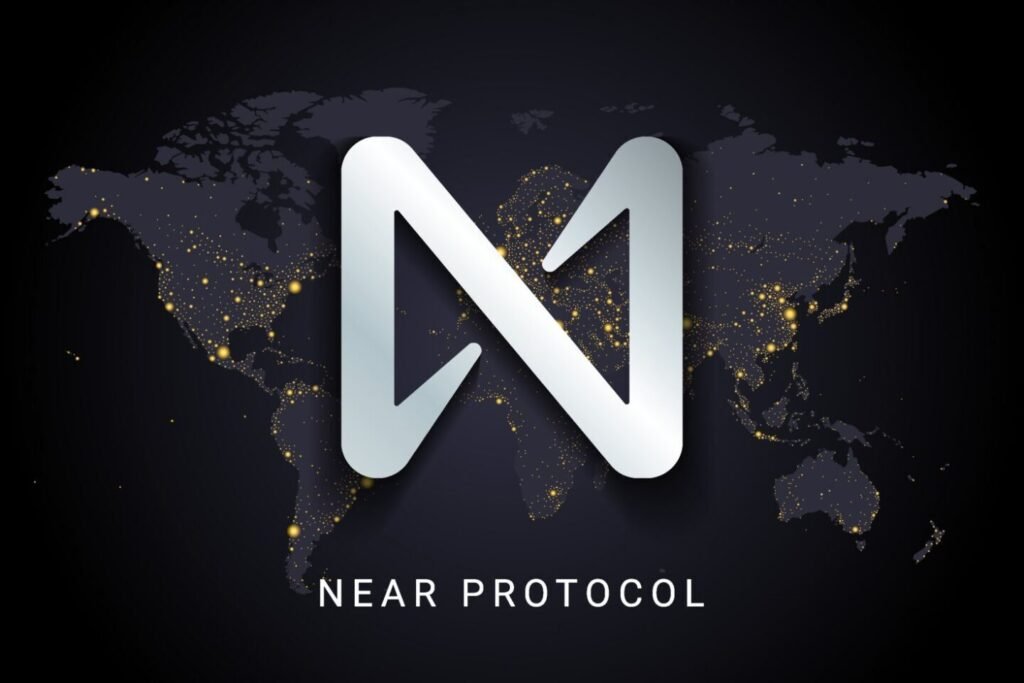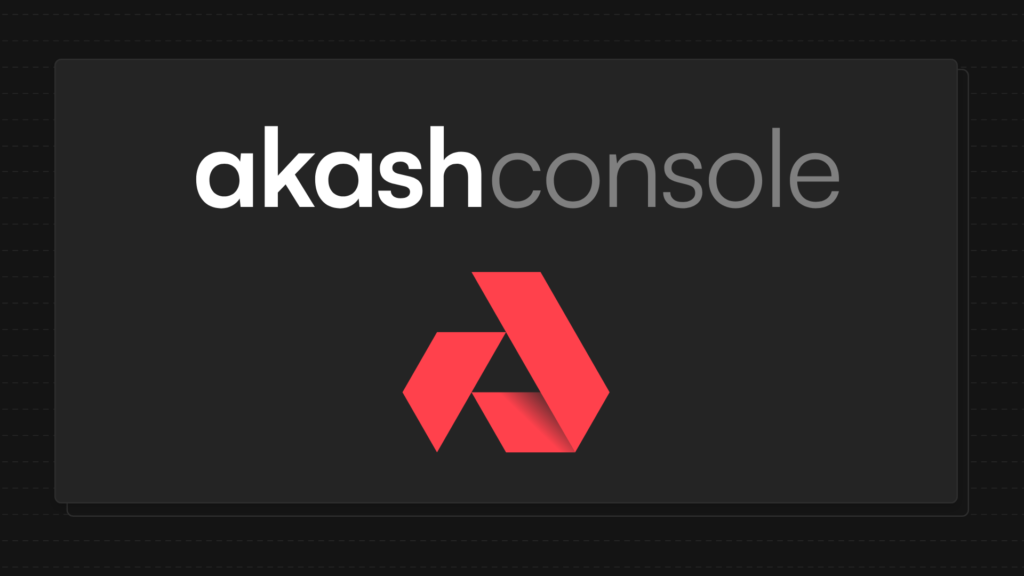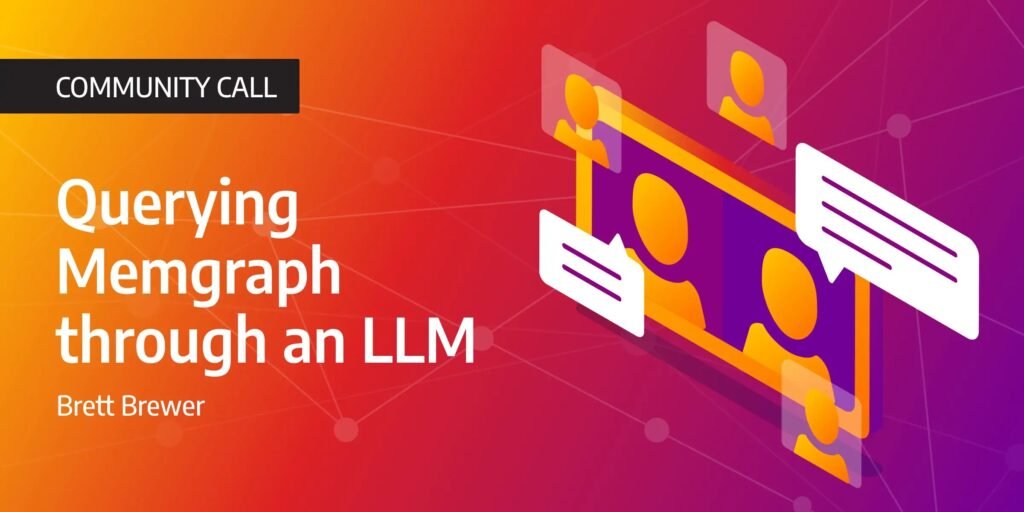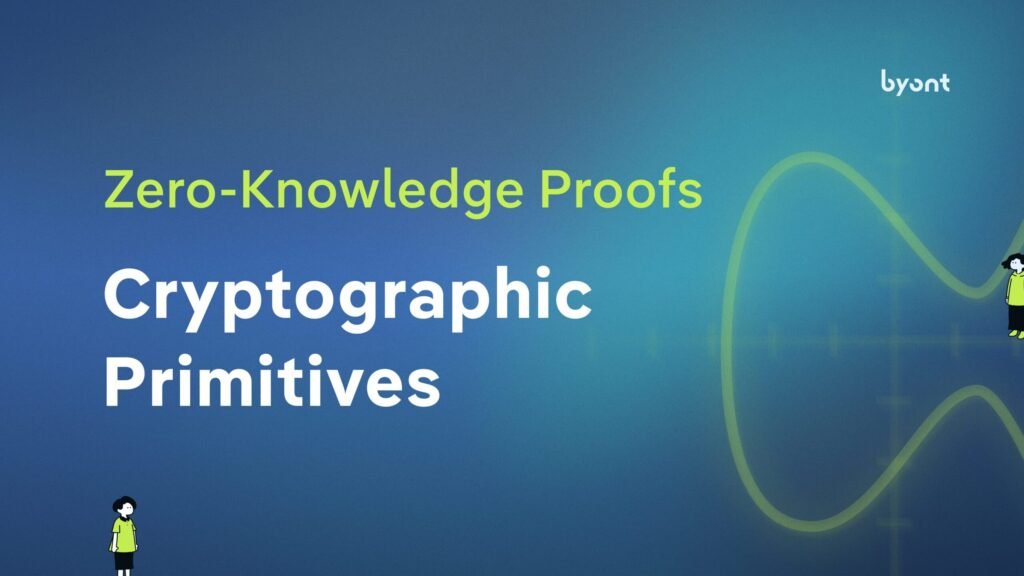The fusion of artificial intelligence and blockchain has shifted from concept to infrastructure. In 2025, AI crypto is more than a niche — it’s a powerful category influencing how smart contracts operate, how data flows, and how value is coordinated across decentralized networks.
As users demand more intelligent services and developers seek scalable ways to integrate AI, a new wave of projects is responding with solutions that range from distributed model training to oracle-based inference layers. What unites them isn’t just technology, but a shared belief: AI should be open, accountable, and governed by the communities that build it.
Below are 10 of the most impactful AI crypto initiatives at the forefront of that transformation.
Bittensor (TAO): The Open Marketplace for Machine Learning

Source: Tastycrypto
Bittensor is pioneering a new kind of decentralized economy — one where machine learning models are created, evaluated, and rewarded on-chain. Its protocol supports multiple subnets, each acting as a micro-economy for a particular kind of AI model, from natural language processing to anomaly detection.
What sets Bittensor apart is its fluid coordination between model contributors and consumers. The TAO token governs this value exchange, ensuring reputation, trust, and incentives align. It’s not just infrastructure — it’s a living ecosystem where intelligence evolves collaboratively.
NEAR Protocol (NEAR): Building the AI Layer for Autonomous Applications

Source: CoinRanking
NEAR has evolved into one of the most AI-friendly blockchains in the ecosystem. Through its Chain Abstraction vision and the rollout of Near AI (NAI), it now provides a modular framework for building autonomous agents — capable of executing complex, logic-driven decisions across applications.
These agents aren’t limited to DeFi bots or chat interfaces. They represent a larger shift toward AI-enabled applications that learn, adapt, and interact across chains. NEAR’s role as both an execution environment and coordination layer makes it a compelling hub for future AI development.
Internet Computer (ICP): Running AI Directly On-Chain
The Internet Computer’s architecture allows for something few chains can claim — fully decentralized, serverless AI applications. With smart contract “canisters” capable of storing and executing logic natively, developers can deploy and run intelligent services without off-chain dependencies.
This opens the door for truly trustless AI models — ones that process user data on-chain, make autonomous decisions, and evolve over time. ICP’s recent traction in education, decentralized research, and open-source tooling shows its growing appeal among builders seeking deeper integration of AI into core Web3 systems.
Artificial Superintelligence Alliance (ASI): Unifying Intelligence, Compute, and Data
The formation of the Artificial Superintelligence Alliance — through the unification of Fetch.ai, Ocean Protocol, and SingularityNET — marked a defining moment in AI crypto history. This merger combines three critical ingredients of intelligent systems: agents, data liquidity, and model autonomy.
The ASI token powers a multi-layered AI economy designed to support decentralized cognition at scale. It’s not simply about combining projects under one roof — it’s about forging interoperable frameworks for a future where artificial general intelligence (AGI) might be built by many, not few.
Render Network (RNDR): Powering the Visual Backbone of AI

Source: Pintu
Render Network originally served digital artists with GPU rendering power. But in 2025, its largest demand comes from AI teams running compute-heavy processes for training generative models, running simulations, and visualizing complex data.
By turning unused GPU cycles into a valuable commodity, RNDR has become a decentralized powerhouse supporting everything from LLM-based art generators to motion graphics AI. Its close ties with the creative tech industry only strengthen its reputation as a reliable engine for visual intelligence.
Akash Network (AKT): Decentralized Cloud at AI Scale

Source: Akash
Akash Network continues to expand its role in decentralized cloud services, now with a strong focus on AI workloads. In 2025, it supports GPU deployment for everything from training large models to hosting inference APIs for decentralized applications.
With a robust container system and compatibility with major ML tools, Akash has become the go-to for AI developers who want to retain control over their infrastructure while reducing costs. Its role in the Cosmos ecosystem also facilitates composability with other chains and protocols, broadening its utility.
Ora: Modular AI Inference at the Smart Contract Layer

Source: Memgraph
Ora enables on-chain contracts to make complex AI-driven decisions by integrating inference capabilities directly into blockchain logic. It offers a modular oracle layer for querying LLMs, generating text summaries, or interpreting real-time data inputs — all while maintaining verifiability.
Unlike centralized AI APIs, Ora ensures transparency and privacy by keeping requests within the bounds of Web3 security principles. It’s quietly empowering a generation of decentralized applications to interact with AI without ceding control to outside services.
Gensyn (GENS): AI crypto – Decentralized Machine Learning at Training Level

Source: byont
Gensyn is focused on one of the most resource-intensive aspects of AI: training. Its protocol coordinates compute providers across the globe to offer scalable, permissionless infrastructure for model development.
Developers can submit training jobs, which are completed by global nodes and verified using cryptographic proofs. Gensyn’s approach reduces reliance on hyperscalers and democratizes access to high-performance training — an area critical to AI’s future, yet often inaccessible to smaller teams.
Ritual: AI crypto – A Layer for Smart Contracts with AI Capabilities

Source: Wallet
Ritual is positioning itself as a modular coprocessor for blockchains — a layer that allows smart contracts to “think” by interfacing with LLMs and other AI tools. Its architecture lets developers inject intelligent behavior into their apps without switching networks or compromising decentralization.
Whether it’s used for reasoning, content moderation, autonomous bots, or governance logic, Ritual represents a new approach to integrating machine cognition into everyday blockchain infrastructure. Still early in its rollout, it’s one of the most closely watched AI crypto projects of the year.
AI crypto: Why AI Crypto Matters in the Long Run

Source: Unlock Media
While AI’s influence on our digital lives is undeniable, AI crypto offers a path toward making that influence more equitable, transparent, and accountable. These ten projects demonstrate that intelligent systems don’t have to be locked behind centralized APIs or walled gardens. Instead, they can be shared, validated, and co-owned through tokenized coordination and decentralized infrastructure.
As 2025 unfolds, the push for AI that aligns with Web3 values — openness, autonomy, and user control — will only intensify. For investors and builders alike, these AI crypto projects provide a compelling window into what that future could look like.



